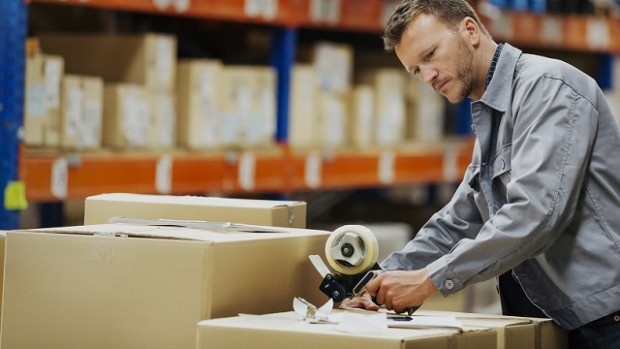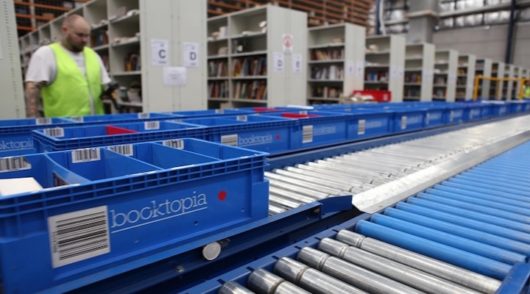
Automation and tracking technologies continue to transform supply chain and logistics for retailers across the globe, allowing companies to scale rapidly. Digital tech has certainly brought about unprecedented changes across the business landscape and a range of opportunities for retailers to flourish.
But while the changes have afforded greater economies of scale, there are also more uncertainties in ensuring supply chain operations can meet the larger demand.
Retailers need to rely on transport partners with the infrastructure that can deliver on promises made to customers. Thus, automation of warehouse function has become a crucial cog of a retailer’s operations, helping retailers deliver on their promises of same-or-next-day deliveries.
McKinsey Global Institute estimates that the transportation-and-warehousing industry has the third-highest automation potential of any sector.
And the local entry of Amazon into the landscape, has pushed transport providers to deliver better service at competitive rates. The supply chain has never been so crucial with the rise and rise of e-commerce, customers are demanding faster last mile delivery with better
visibility of their purchases.
Consumers now have an expectation that the delivery process is transparent – with information and clarity on delivery times becoming par for the course.
Increasingly, retailers are offering tighter delivery windows, to provide more convenience and options for customers. But while the strategy may gain customer’s expenditure to begin
with, it also can cause much pain for a retailer that is not equipped to keep up.
It’s certainly an exciting time to be in the supply chain and logistics space, according to James Kinniburgh, national partnership manager at shipping software firm, SmartFreight.
While tier-one carriers are leading the way in efficient, scalable and accurate logistics, Kinniburgh says the next tier of delivery firms are playing catch up, while at the smaller, independent level, ‘logistics heads’ are racing to get on board.
Transport providers that don’t have solutions and systems that automate and remove human error, of last mile shipping, simply won’t provide cost savings and cost control
benefits for retailers. They also can’t provide delivery transparency and reporting on transport provider performance.
“We’ve come across clients that have three of four carrier systems, all trying to work out what’s the most effective means and method of shipping, and doing separate manual pricing and tracking of deliveries,” says Kinniburgh.
“To consolidate all those systems into the one solution is what allows a company to start controlling its freight operations, so when an order comes through a retailer’s website, that order data is transferred, and a shipping label is produced. You [retailer] don’t have people keying things into systems, nor do you have people handwriting con-notes.”
SmartFreight is part of the WiseTech Global group, a leading developer and provider of software solutions to the logistics industry globally. Its customers include more than 8,000 of the world’s logistics companies across 130 countries.
SmartFreight each year ships freight value of over $600,000,000 pa+.
“We’re a multi-carrier platform, whereby we offer the ability to have a single platform for multiple carriers,” says Kinniburgh.
“That’s when you can start comparing price, the fastest
and even the greenest option.”
‘Track and trace’ has become an essential element for consumers, allowing retailers to provide their customers with up to date information about their purchases.
Demand by e-commerce customers for notifications and status details on mobility devices is driving transport companies and supply chain technology providers to enhance their capability. Customers now want notification when their goods are dispatched onboard for delivery, then delivery update details. This enhances the customer experience who for most, never visit a shopfront and only have a relationship via a website.
“And the customer experience matters – customers buy from a retailer and also blame a retailer when the service doesn’t match the fancy website”, says Kinniburgh.
“While the e-commerce webstore has all the bells and whistles, a retailer still has to get the goods out of the warehouse and to customers in an efficient and timely fashion.”
To find out more about integrated logistics solutions, contact James Kinniburgh at: James.Kinniburgh@au.smartfreight.com





